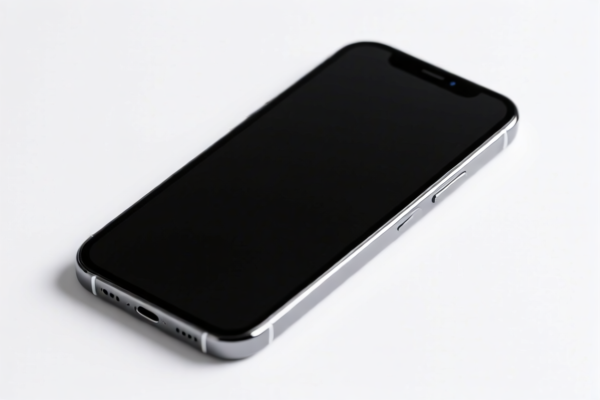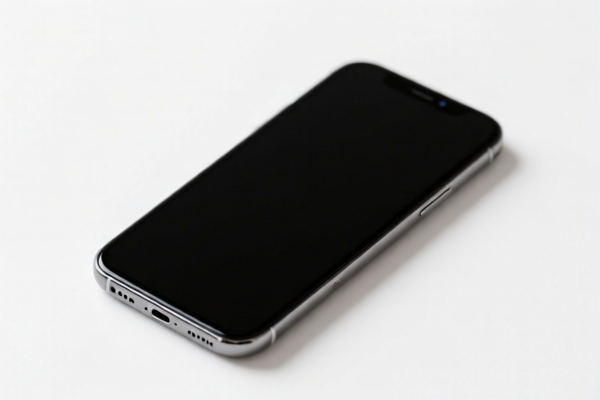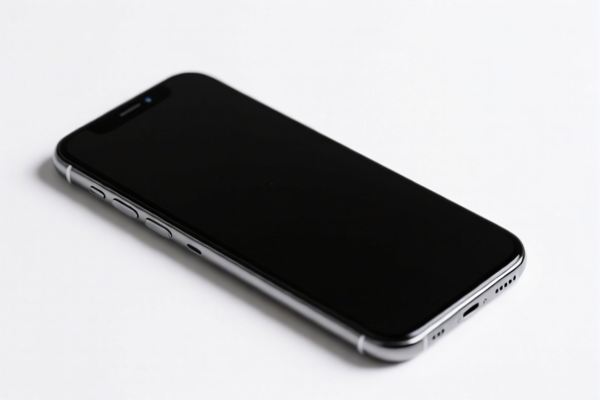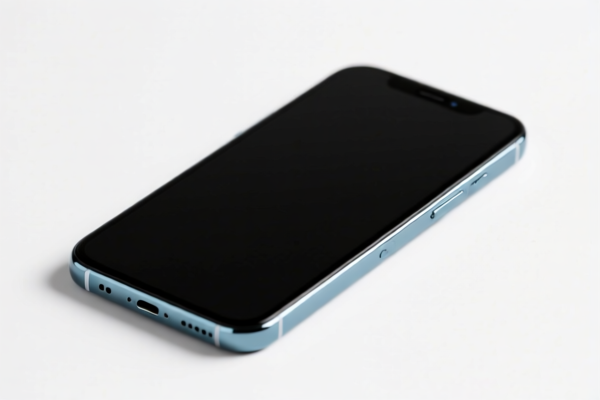| HS Code | Official Doc | Tariff Rate | Origin | Destination | Effective Date |
|---|---|---|---|---|---|
| 8517130000 | Doc | 20.0% | CN | US | 2025-05-12 |
| 8517140080 | Doc | 30.0% | CN | US | 2025-05-12 |




Mobile Phone Handset
A mobile phone handset, commonly known as a cell phone or smartphone, is a portable electronic device used for mobile communication. It combines telephony with a wide range of other functionalities, making it a versatile personal communication and computing tool.
Material Composition
Mobile phone handsets are constructed from a variety of materials, selected for their durability, weight, aesthetic qualities, and electronic properties. Common materials include:
- Metals: Aluminum alloys (for chassis strength and heat dissipation), stainless steel (for premium builds), magnesium alloys (for lightweight strength).
- Glass: Strengthened glass (e.g., Gorilla Glass, Ceramic Shield) for display protection and rear panels.
- Plastics: Polycarbonate, ABS plastic (for internal components, housings, and antenna integration).
- Ceramics: Increasingly used for rear panels, offering scratch resistance and a premium feel.
- Silicon: The primary material for semiconductors used in the processor, memory, and other integrated circuits.
- Rare Earth Elements: Used in speakers, microphones, and display components.
- Lithium-ion Batteries: Provide power, with evolving chemistries for increased energy density and safety.
Purpose
The primary purpose of a mobile phone handset is to enable voice communication over a cellular network. However, modern handsets have expanded significantly beyond this core function. Key purposes include:
- Communication: Voice calls, text messaging (SMS/MMS), video conferencing.
- Information Access: Web browsing, email, news, maps, and access to a vast array of online services.
- Entertainment: Music and video playback, gaming, social media.
- Photography & Videography: Capturing and sharing images and videos.
- Navigation: GPS-based location services and turn-by-turn directions.
- Productivity: Calendar, contacts, note-taking, document editing.
- Financial Transactions: Mobile banking, payments (e.g., NFC-based contactless payments).
Function
Mobile phone handsets operate through a complex interplay of hardware and software components:
- Radio Transceiver: Transmits and receives radio signals to communicate with cellular towers. Supports various network standards (e.g., 5G, 4G LTE, 3G, 2G).
- Processor (CPU): Executes software instructions, managing all handset operations.
- Memory (RAM): Provides temporary storage for running applications and data.
- Storage (ROM/Flash Memory): Stores the operating system, applications, and user data.
- Display: Typically LCD or OLED screens, providing a visual interface for the user. Touchscreens are standard.
- Battery: Provides power to the device.
- Operating System (OS): Software platform that manages hardware and software resources (e.g., Android, iOS).
- Sensors: Accelerometer, gyroscope, magnetometer, proximity sensor, ambient light sensor, barometer, GPS receiver, fingerprint sensor, face recognition sensors.
- Camera: Captures still images and video.
- Microphone & Speaker: Enable voice communication and audio playback.
- Connectivity: Wi-Fi, Bluetooth, NFC (Near Field Communication), USB ports.
Usage Scenarios
Mobile phone handsets are used in a diverse range of scenarios:
- Personal Communication: Staying in touch with family and friends.
- Business & Work: Email, conferencing, project management, remote access.
- Travel & Navigation: Maps, directions, translation, booking services.
- Education: Online learning, research, accessing educational resources.
- Entertainment: Streaming music and video, gaming, social networking.
- Emergency Situations: Calling for help, accessing emergency information.
- Financial Transactions: Mobile payments, banking.
- Health & Fitness: Tracking activity levels, monitoring health data.
Common Types
- Feature Phones: Basic handsets with limited functionality, primarily focused on voice calls and text messaging.
- Smartphones: Advanced handsets with a powerful processor, large display, and a wide range of applications and features. Dominated by Android and iOS operating systems.
- Foldable Phones: Smartphones with flexible displays that can be folded, offering a larger screen size in a more compact form factor.
- Rugged Phones: Designed for durability and resistance to harsh environments, often used in construction, outdoor activities, and industrial settings.
- Gaming Phones: Optimized for mobile gaming, with powerful processors, high refresh rate displays, and advanced cooling systems.
Mobile phone handsets fall under the category of telephone sets, specifically those designed for cellular or wireless networks. The following HS codes are applicable based on the provided information:
- 8517.13.00.00: This HS code covers Telephone sets, including smartphones and other telephones for cellular networks or for other wireless networks : Smartphones. '85' indicates the chapter for electrical machinery and equipment; '17' denotes telephone switching apparatus; and '13.00.00' specifically identifies smartphones. The current tax rate is 0.0% basic tariff and 0.0% additional tariff, increasing to 20.0% additional tariff after April 2, 2025.
- 8517.14.00.80: This HS code covers Telephone sets, including smartphones and other telephones for cellular networks or for other wireless networks : Other telephones for cellular networks or for other wireless networks Other. '85' indicates the chapter for electrical machinery and equipment; '17' denotes telephone switching apparatus; and '14.00.80' specifically identifies other telephones for cellular networks. The current tax rate is 0.0% basic tariff and 0.0% additional tariff, increasing to 30.0% additional tariff after April 2, 2025.
According to the provided reference material, the HS code options related to 'mobile phone handset' are limited, with only the following 2 found.
It is important to note that the additional tariff for both HS codes will change to 20.0% (for 8517.13.00.00) or 30.0% (for 8517.14.00.80) after April 2, 2025. The classification between these two codes depends on whether the handset is specifically a smartphone or another type of telephone for cellular networks.
Customer Reviews
Perfect for someone like me who needs to export plastic doors. All the necessary details are here.
The page explained the trade regulations clearly, though I had to look up a few terms. Still very helpful.
I was looking for details on the 5% tariff and this page had everything I needed. Highly recommend it!
The HS code information was spot on, but I wish there were more examples of similar products.
Great resource for understanding the trade regulations for plastic builder’s doors. Exactly what I needed for my business.